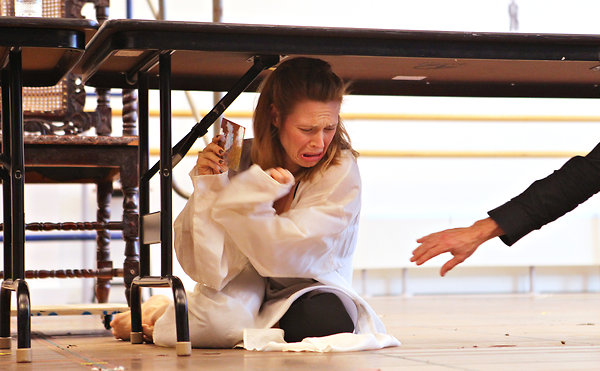The New York Times
Extreme Theater: Wake-Up Calls From the 1600s
By ALEXIS SOLOSKI
January 27, 2012
THE 17th-century playwright John Ford never met a character he didn’t want to kill: gruesomely, ingeniously, poignantly. He liked them stabbed, starved, poisoned, burnt, bled and assaulted by roving packs of bandits. His two best plays — both having forthcoming New York revivals — boast body counts nearly as long as the cast lists.
“The Broken Heart,” which begins performances next Saturday in a Theater for a New Audience production at the Duke on 42nd Street, leaves seven characters dead. “ ’Tis Pity She’s a Whore” typically offs eight, though fewer perish in the streamlined production from the British troupe Cheek by Jowl that arrives at the Brooklyn Academy of Music on March 20.
Owing perhaps to the violence of his plots, the density of his poetry and the intensity of the emotions he describes, Ford isn’t often staged in New York. For several centuries he wasn’t staged anywhere. Ford began his career as a poet in the early 1600s, then moved to playmaking, working collaboratively with other writers, like Thomas Dekker and John Webster. In the late 1620s Ford struck out on his own, writing eight plays over a decade and then promptly disappearing from the historical record, just as his plays soon disappeared from theaters.
To continue reading on the New York Times website, click here.


